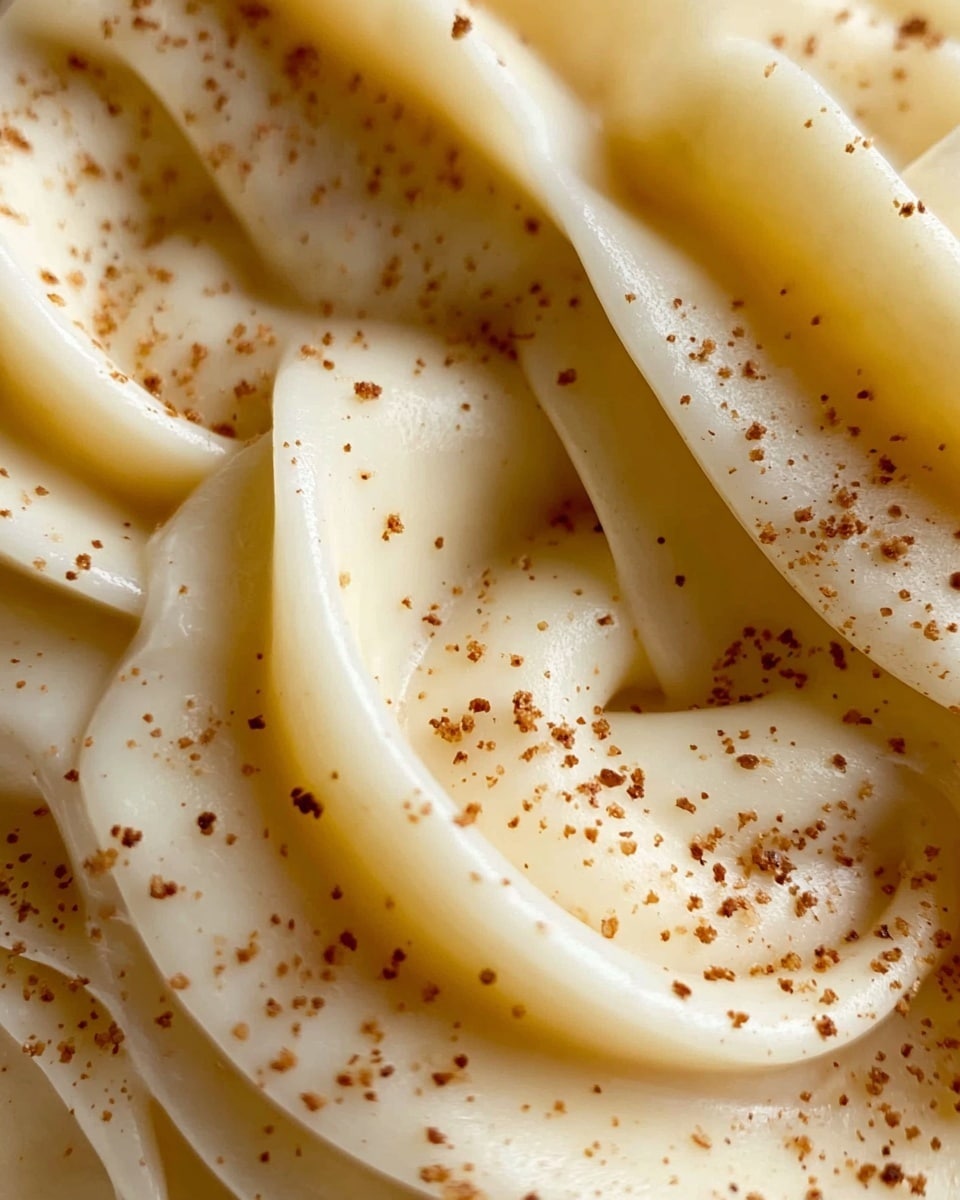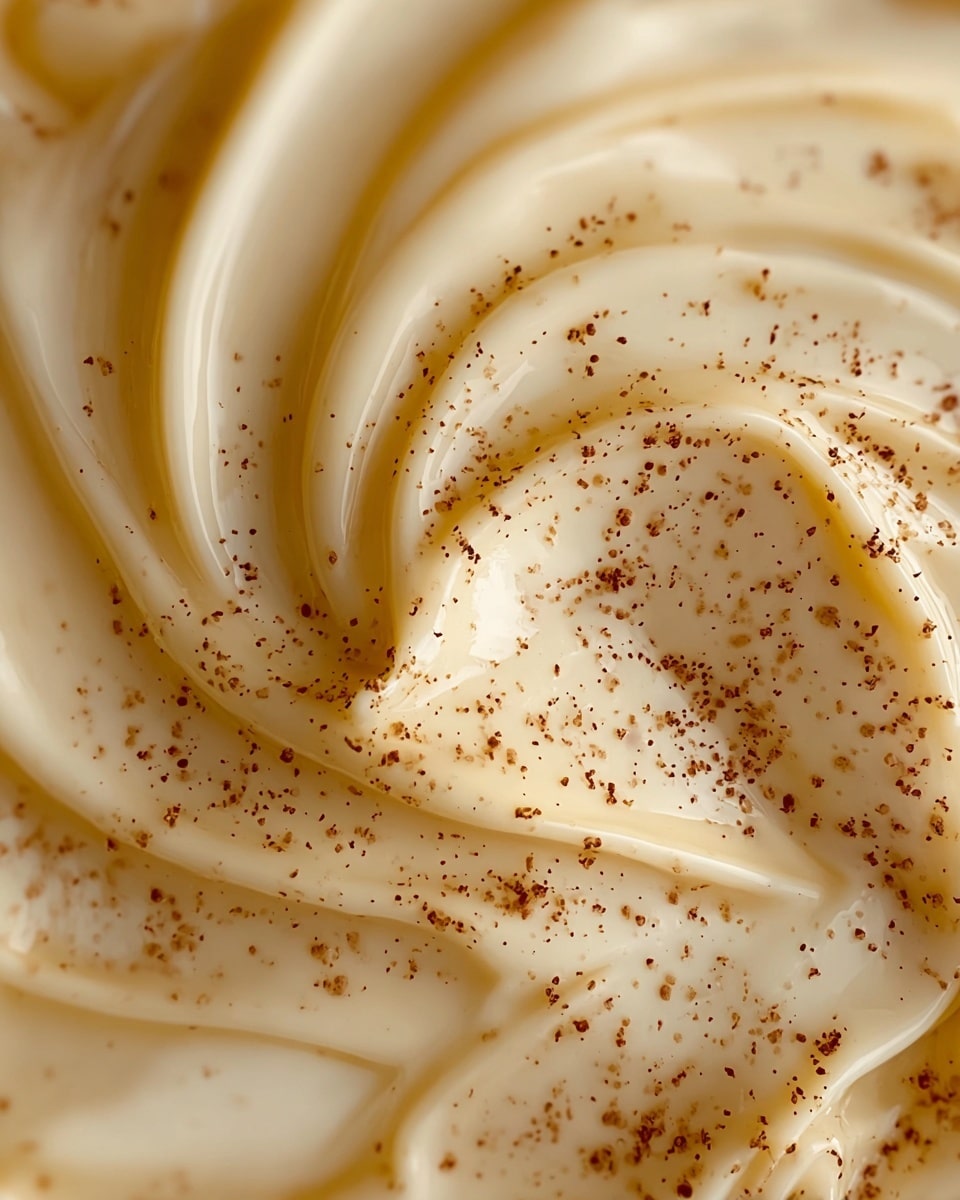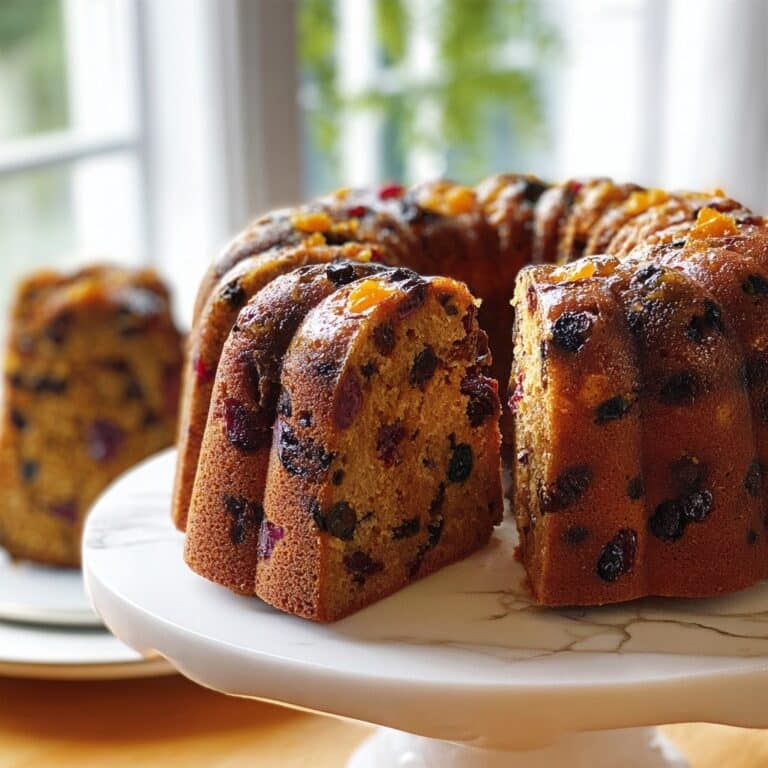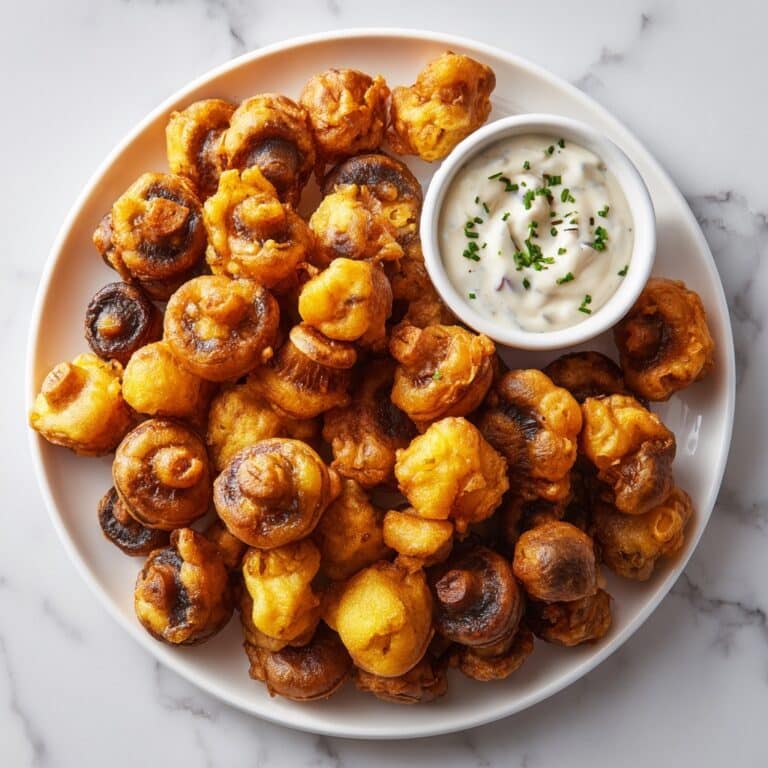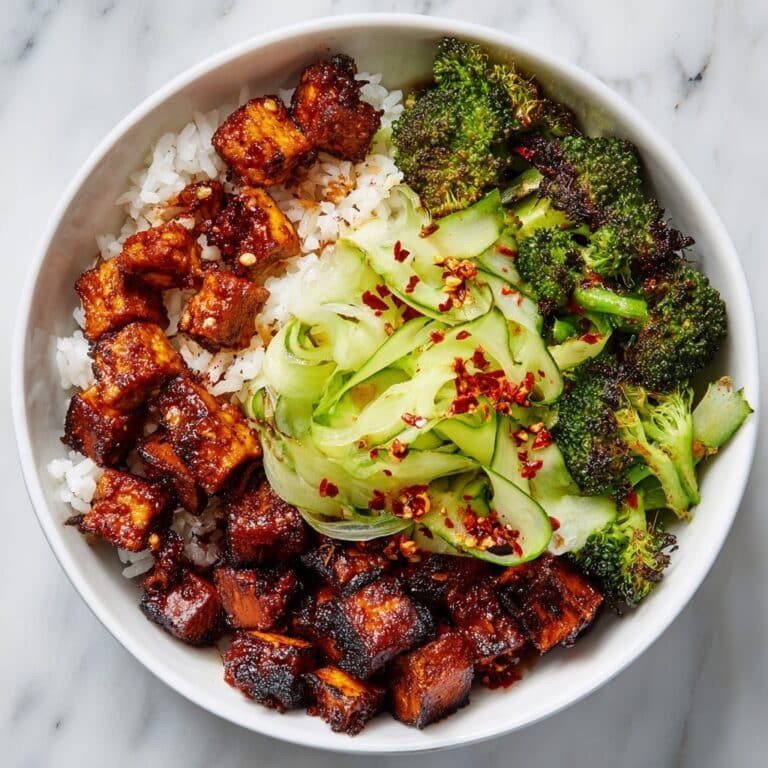There is something truly magical about mastering the Classic Homemade Pastry Cream Recipe. This rich, silky custard is a fundamental element for countless desserts, from éclairs to fruit tarts. It is creamy yet light, perfectly sweet, and carries the comforting warmth of vanilla in every spoonful. Once you learn this recipe, you’ll have a go-to filling that transforms simple pastries into something utterly unforgettable. Trust me, the satisfaction of making your own pastry cream at home is as delightful as tasting it fresh from the fridge on a warm afternoon.
Ingredients You’ll Need
The beauty of this recipe is in its simplicity. Each ingredient plays a crucial role, ensuring that the texture is smooth, the flavor balanced, and the color beautifully inviting. No fancy or hard-to-find items—just pantry staples that come together perfectly.
- 2 cups whole milk: Provides the creamy base, ensuring richness and smoothness.
- 1/2 cup granulated sugar: Balances the custard’s flavor with the perfect amount of sweetness.
- 1 tablespoon cornstarch: Acts as a thickening agent to give the cream its luscious texture.
- 1/4 teaspoon salt: Enhances the flavor, bringing out the sweetness without overpowering it.
- 4 large egg yolks: The heart of the custard, contributing to richness and silkiness.
- 2 tablespoons unsalted butter: Adds a velvety finish and subtle richness without masking the vanilla.
- 1 tablespoon vanilla extract: Infuses the cream with its classic, comforting aroma.
How to Make Classic Homemade Pastry Cream Recipe
Step 1: Combine Dry Ingredients
Start by whisking together the sugar, cornstarch, and salt in a medium saucepan. This mix ensures an even distribution of the thickening agent and seasoning, setting the stage for a perfectly textured pastry cream.
Step 2: Whisk the Egg Yolks
In a separate bowl, whisk your egg yolks until they are fully combined and slightly thicker. This step is important because it prepares the yolks for tempering, preventing any scrambling later on.
Step 3: Add Milk Gradually
Slowly pour the milk into the dry ingredients in the saucepan, whisking continuously. This step dissolves the sugar and cornstarch into the milk, preventing lumps and creating a silky base for your cream.
Step 4: Heat and Whisk Constantly
Place the saucepan over medium heat and bring the mixture to a gentle simmer. Keep whisking non-stop to avoid lumps and ensure an even cook — this is key for that smooth, custard-like texture.
Step 5: Temper the Egg Yolks
Take a small amount of the hot milk mixture and pour it slowly into the whisked egg yolks while still whisking vigorously. Tempering the eggs this way warms them gently, avoiding any curdling when they hit the hot pot.
Step 6: Combine Mixtures
Pour the tempered egg yolk mix back into the saucepan with the rest of the milk mixture. Continue whisking to blend everything evenly and prepare the custard for thickening.
Step 7: Cook to Thicken
Keep the saucepan on medium heat and whisk constantly until the mixture boils and thickens into a pudding-like consistency. This usually takes a minute or two after it reaches a boil and is when you know the magic has happened.
Step 8: Add Butter and Vanilla
Remove the cream from heat and whisk in the butter pieces and vanilla extract until fully melted and smooth. This step makes the pastry cream irresistibly silky with a rich, fragrant finish.
Step 9: Prevent Skin Formation
Pour the pastry cream into a clean bowl and cover it with plastic wrap, pressing the wrap directly onto the surface. This prevents a skin from forming, keeping your custard luscious and tempting.
Step 10: Chill Before Use
Let your pastry cream cool to room temperature before refrigerating it for at least two hours. Chilling solidifies the perfect creamy texture and deepens the flavor, making it ready to elevate your favorite desserts.
How to Serve Classic Homemade Pastry Cream Recipe

Garnishes
Sprinkle freshly sliced berries or a dusting of powdered sugar on your pastry cream-filled treats for a pop of color and freshness. A hint of grated chocolate or a few toasted nuts can add a delightful crunch, perfectly complementing the creamy custard.
Side Dishes
Pair your pastry cream desserts with crisp cookies like biscotti or buttery shortbread to add texture contrast. A cup of rich coffee or a fruity sparkling drink also makes an excellent companion, balancing the sweetness beautifully.
Creative Ways to Present
Use this Classic Homemade Pastry Cream Recipe as a luxurious filling for éclairs, cream puffs, or a base for a layered trifle. You can also pipe it into tart shells and top them with fresh fruit for an elegant yet simple dessert that wows every time.
Make Ahead and Storage
Storing Leftovers
Keep any leftover pastry cream tightly covered in the refrigerator for up to three days. Make sure the plastic wrap touches the surface to avoid skin formation and maintain that irresistible smooth texture.
Freezing
It’s best to avoid freezing pastry cream because the texture can separate and become grainy once thawed. Instead, make it fresh whenever possible or store it in the fridge for quick use.
Reheating
If you need to warm the pastry cream slightly, do so gently over low heat while stirring continuously. Avoid microwaving as it can cause uneven heating and curdling. Warm it just enough to soften if chilled too firmly.
FAQs
Can I use low-fat milk instead of whole milk?
While you can substitute low-fat milk, whole milk is preferred for its richness and creaminess, which are key to the texture and flavor of classic pastry cream.
How do I know when the pastry cream is properly thickened?
The pastry cream is ready when it reaches a pudding-like consistency and coats the back of a spoon. It should be thick enough to hold its shape but still smooth and silky.
What can I do if lumps form while cooking?
Whisk vigorously and continuously during cooking to prevent lumps. If lumps appear, pass the cream through a fine mesh sieve while warm to achieve a smooth finish.
Can I add different flavors to this pastry cream?
Absolutely! While vanilla is classic, you can infuse the milk with coffee, citrus zest, or spices like cinnamon for creative variations that complement your dessert.
Is it necessary to cover the pastry cream with plastic wrap?
Covering with plastic wrap directly on the surface prevents a skin from forming, which can affect the smooth texture. It’s an essential step to keep your cream perfect.
Final Thoughts
Making this Classic Homemade Pastry Cream Recipe is a rewarding and straightforward way to elevate your baking game. Once you taste that creamy, velvety custard made with your own hands, you’ll never want to use store-bought again. Give it a try and watch your favorite desserts transform into extraordinary homemade masterpieces!
Print
Classic Homemade Pastry Cream Recipe
- Prep Time: 10 minutes
- Cook Time: 10 minutes
- Total Time: 20 minutes
- Yield: About 2 cups (serves 8)
- Category: Dessert Filling
- Method: Stovetop
- Cuisine: French
Description
This classic pastry cream recipe yields about 2 cups of smooth, rich, and velvety custard that is perfect for filling éclairs, tarts, cakes, and other pastries. Made with whole milk, egg yolks, sugar, cornstarch, butter, and vanilla, this creamy custard is cooked gently on the stovetop to achieve the perfect thickness and delicate flavor.
Ingredients
Pastry Cream Ingredients
- 2 cups whole milk
- 1/2 cup granulated sugar
- 1 tablespoon cornstarch
- 1/4 teaspoon salt
- 4 large egg yolks
- 2 tablespoons unsalted butter, cut into pieces
- 1 tablespoon vanilla extract
Instructions
- Combine Dry Ingredients: In a medium saucepan, whisk together the sugar, cornstarch, and salt to ensure even distribution of the thickening agents.
- Whisk Egg Yolks: In a separate bowl, whisk the egg yolks until they are well combined and slightly thickened for a smooth custard base.
- Add Milk Gradually: Gradually pour the milk into the dry ingredients in the saucepan, whisking continuously to dissolve the sugar and cornstarch fully.
- Heat Mixture: Place the saucepan over medium heat and bring the mixture to a simmer while whisking constantly to prevent lumps and scorching.
- Temper Egg Yolks: Slowly add a small amount of the hot milk mixture into the whisked egg yolks while continuously whisking to gently raise their temperature.
- Combine Mixtures: Gradually pour the tempered egg yolks back into the saucepan with the remaining milk mixture, whisking constantly to blend thoroughly.
- Thicken Custard: Continue cooking over medium heat, whisking constantly. The mixture will thicken to a pudding-like consistency about 1-2 minutes after coming to a boil. Remove from heat immediately.
- Add Butter and Vanilla: Stir in the butter and vanilla extract until the butter has fully melted and incorporated, creating a silky texture.
- Cover and Chill: Pour the pastry cream into a clean bowl and cover the surface directly with plastic wrap to prevent a skin from forming.
- Refrigerate: Let the pastry cream cool to room temperature, then refrigerate for at least 2 hours before using to allow it to set properly.
Notes
- Use whole milk for a richer and creamier pastry cream; low-fat milk will produce a thinner texture.
- Whisk constantly while cooking to avoid lumps and prevent the custard from burning on the bottom of the pan.
- Tempering the eggs is essential to prevent curdling and achieve a smooth custard.
- Covering the cream with plastic wrap touching the surface prevents an undesirable skin from forming.
- Pastry cream can be stored in the refrigerator for up to 3 days.
- If lumps form, you can strain the pastry cream through a fine mesh sieve for a perfect texture.

